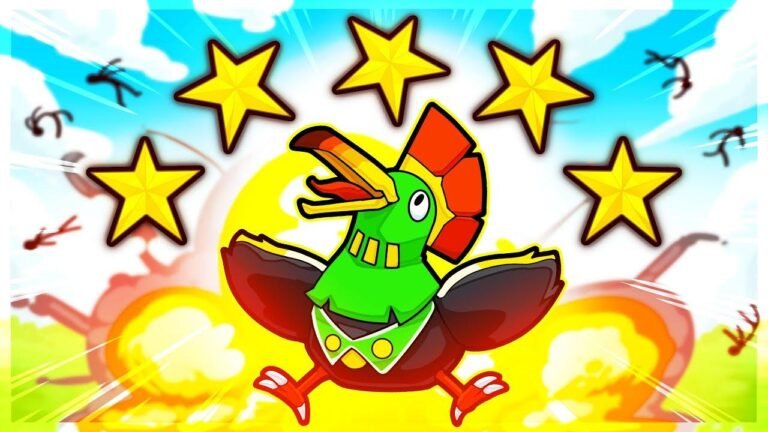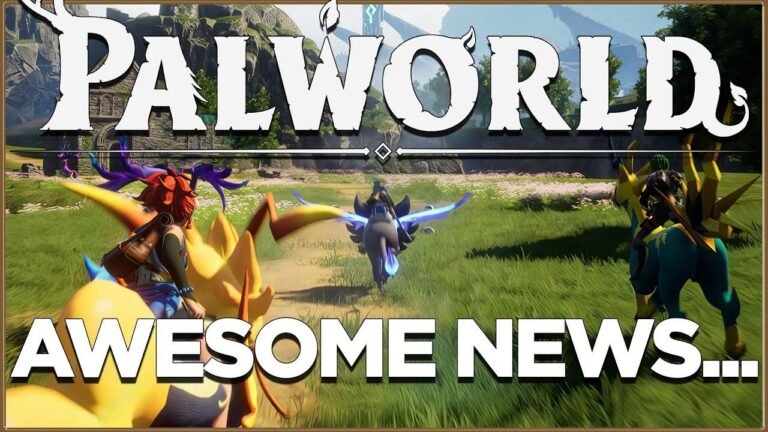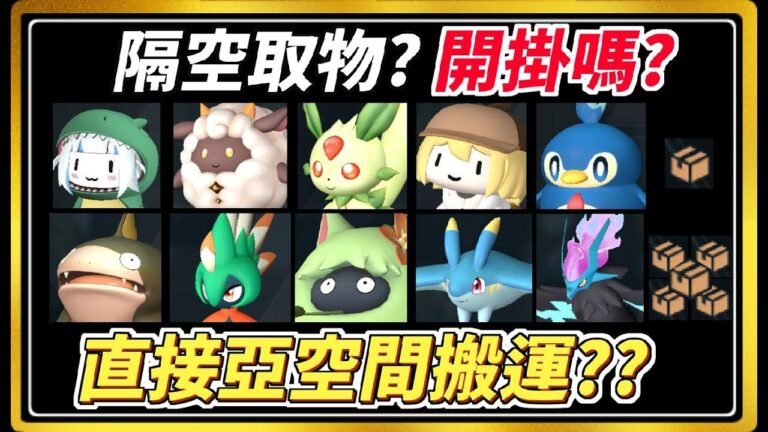The lost version of Palworld was a wild ride, with a clash of realistic environments and cartoonish characters. It was made on a shoestring budget in Unity, with a team of five, and a ton of misinformation. The decision to switch to Unreal Engine was based on a chance encounter with an industry professional. The budget was unfocused, and the team spread thin. It’s a miracle this game even got made. The CEO’s blog post is surprisingly open and emotional about his struggles with the game industry and funding new ideas. The game’s success might have been pure luck, and there are some questionable choices made. All in all, the story of Palworld is a fascinating rollercoaster. 🎢🎮
Early Development and Release 🎮
The earliest footage of Palworld in development was first shown at the Indie Live Expo, introducing a completely different version of the game to the world. This preview of the game quickly gained attention, with its unique concept of Pokémon as a workforce, serving as a controversial but intriguing topic that caught the internet by storm.
This version of Palworld showcased a cartoonish and stylized design, presenting a clash between realistic environments and cartoonish characters. The developers expressed their intention to make Palworld beautiful and perfect, injecting elements and themes referencing games like Grand Theft Auto into the mix. However, as time progressed, it became clear that this initial version of Palworld was not what it seemed.
Evolution of Palworld’s Development 🌱
The early version of Palworld, developed in Unity, featured various features and mechanics absent from the current version. These included mechanics such as fishing, attaching items to pals, physics-based environmental destruction, and other unique elements not present in the final game. Surprisingly, it was revealed through interviews with Pocket Pair’s CEO, Takuro Mizobe, that the initial version of Palworld was built in just 3 months with a team of five in Unity.
However, despite the initial development progress, the decision was made to transition the game to Unreal Engine, a move that posed several challenges. The change in game engines also brought unforeseen obstacles, such as the need to retrain the engineering team and confront the extensive work required for custom animations and character designs.
Challenges and Surprises in Development 🤔
As the development of Palworld unfolded, it became evident that the budget and resource allocation for the game did not align with the scale of the project. The team encountered difficulties in managing the project’s development, leading to unforeseen changes, rehiring, and significant budget constraints. Additionally, the artistic direction of the game faced scrutiny, particularly in regards to the designs and their resemblance to Pokémon characters.
The dichotomy between the initial vision of Palworld and the reality of its development journey shed light on the challenges faced by the Pocket Pair team. The memoir of Takuro Mizobe, the CEO of Pocket Pair, provided a candid account of the hurdles and miracles that shaped the fate of Palworld. It unveiled the risks, struggles, and moments of doubt that permeated the development process, ultimately leading to the release of the game in its current iteration.
Principais conclusões 📝
Throughout the journey of Palworld’s development, the transformation from its early concept to the final release encapsulates the trials and triumphs of indie game development. The game’s evolution serves as a testament to the resilience and adaptability of creative vision amid the complexities and uncertainties of game development.
Tables







